
- For PC
- For MAC
- For Linux
- OS: Windows 7 SP1/8/10 (64 bit)
- Processor: Dual-Core 2.2 GHz
- Memory: 4GB
- Video Card: DirectX 10.1 level video card: AMD Radeon 77XX / NVIDIA GeForce GTX 660. The minimum supported resolution for the game is 720p.
- Network: Broadband Internet connection
- Hard Drive: 17 GB
- OS: Windows 10/11 (64 bit)
- Processor: Intel Core i5 or Ryzen 5 3600 and better
- Memory: 16 GB and more
- Video Card: DirectX 11 level video card or higher and drivers: Nvidia GeForce 1060 and higher, Radeon RX 570 and higher
- Network: Broadband Internet connection
- Hard Drive: 95 GB
- OS: Mac OS Big Sur 11.0 or newer
- Processor: Core i5, minimum 2.2GHz (Intel Xeon is not supported)
- Memory: 6 GB
- Video Card: Intel Iris Pro 5200 (Mac), or analog from AMD/Nvidia for Mac. Minimum supported resolution for the game is 720p with Metal support.
- Network: Broadband Internet connection
- Hard Drive: 17 GB
- OS: Mac OS Big Sur 11.0 or newer
- Processor: Core i7 (Intel Xeon is not supported)
- Memory: 8 GB
- Video Card: Radeon Vega II or higher with Metal support.
- Network: Broadband Internet connection
- Hard Drive: 95 GB
- OS: Most modern 64bit Linux distributions
- Processor: Dual-Core 2.4 GHz
- Memory: 4 GB
- Video Card: NVIDIA 660 with latest proprietary drivers (not older than 6 months) / similar AMD with latest proprietary drivers (not older than 6 months; the minimum supported resolution for the game is 720p) with Vulkan support.
- Network: Broadband Internet connection
- Hard Drive: 17 GB
- OS: Ubuntu 20.04 64bit
- Processor: Intel Core i7
- Memory: 16 GB
- Video Card: NVIDIA 1060 with latest proprietary drivers (not older than 6 months) / similar AMD (Radeon RX 570) with latest proprietary drivers (not older than 6 months) with Vulkan support.
- Network: Broadband Internet connection
- Hard Drive: 95 GB
Developed in the early 1940s to serve as a long range fighter in the Pacific, the de Havilland Hornet was not only one of Britain’s fastest twin-engine heavy fighter ever built, but was also the last aircraft of its kind in service with the RAF, before new state-of-the-art jet-powered aircraft would take its place. Meet the new Hornet F.3 with War Thunder’s upcoming 1.71 update!
In November 1942, a year after the Mosquito started rolling off the assembly line, the de Havilland company began work on a new twin-engine fighter, intended to conduct long-range operations in the Pacific theatre. The new aircraft, designated D.H.103, was designed around the concept of taking maximum advantage of the Rolls-Royce Merlin engine, and was started as a private venture by de Havilland. Although the airframe resembled that of the Mosquito, it was far smaller and more streamlined. To save on resources, the de Havilland designers opted to further exploit the wooden construction techniques that they successfully pioneered on the Mosquito, thus the new aircraft was to also receive a sturdy plywood construction. By the end of 1942, a mock-up was ready for inspection by officials of the British Ministry of Aircraft Production. Though impressed by the design, construction of the aircraft was not immediately granted by the Ministry due to heavy commitments to other wartime projects at the time. However, several months later, in mid 1943, the D.H. 103 received the construction approval and was subsequently renamed into the Hornet.
Over a year after the construction of the Hornet was approved, the aircraft took to the skies for the first time on 28th July 1944, achieving a record speed of 485 mph (780 km/h) in level flight. By the end of the year, serial production was ready to begin, with the RAF placing an order for 60 aircraft. Although the first production run of 60 aircraft was assigned to the RAF’s 64th Squadron, the aircraft didn’t reach its unit in time to take part in hostilities as WW2 concluded shortly after. However, later versions of the Hornet took part in the Malayan Emergency, where they were primarily employed as a ground attack aircraft. The Hornet served the RAF well for about a decade, before it was finally retired in 1956. A total of around 380 Hornets (including carrier-based) were built between 1945 - 1950.
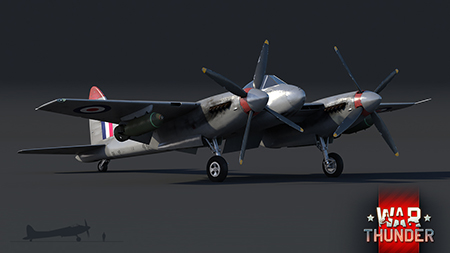 |
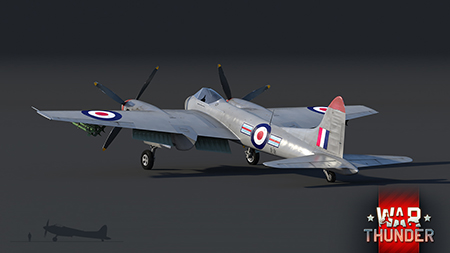 |
In War Thunder, the sought-after Hornet F.3 will offer fans of British aviation a true speed demon on the high ranks of their aviation research tree. Although the Hornet F.3 will continue the British heavy fighter line, it will offer a distinct change in playstyle compared to some previous models. While the Mosquitos and Brigands focus on ground attack, offering their pilots a wide range of secondary armaments, the Hornet is tailored more for pilots that prefer intense dogfighting at breakneck speeds. Speaking of breakneck speeds - the two Rolls-Royce Merlin engines are capable of propelling the Hornet up to a maximum speed of 472 mph (760 km/h) at high altitudes, making it one of the fastest twin-engine heavy fighters in the game. Although the Hornet has no trouble getting up to altitude, fighting on lower heights doesn’t put aspiring Hornet pilots at a disadvantage either, as the aircraft doesn’t suffer from a notable drop in performance there. The lightweight plywood airframe and streamlined design give the Hornet superb handling characteristics, similar to that of the Mosquito, allowing it to participate in short turning engagements even against some single-engine fighters.
Armed with four 20mm cannons, the Hornet is able to quickly disassemble an enemy aircraft, thanks to the high one-second burst mass of the well-known Hispano Mk. V cannon. However, the Hispanos are not just good for blasting hostile aircraft out of the sky, but can also be used to lethal effectiveness against soft and lightly-armoured ground units. In combined battles, the Hornet can also support allied ground units by providing some close air support with its secondary weapons array. Though not as good as that of the Mosquito or Brigand, the Hornet still possesses a decent secondary weapons loadout consisting of bombs and rockets, which fans of precise close air support strikes will surely appreciate.
The Hornet F.3 has received green light to join the ranks of the Royal Air Force with War Thunder’s upcoming 1.71 update.
See you there!
Check our previous devblogs:
The War Thunder Team
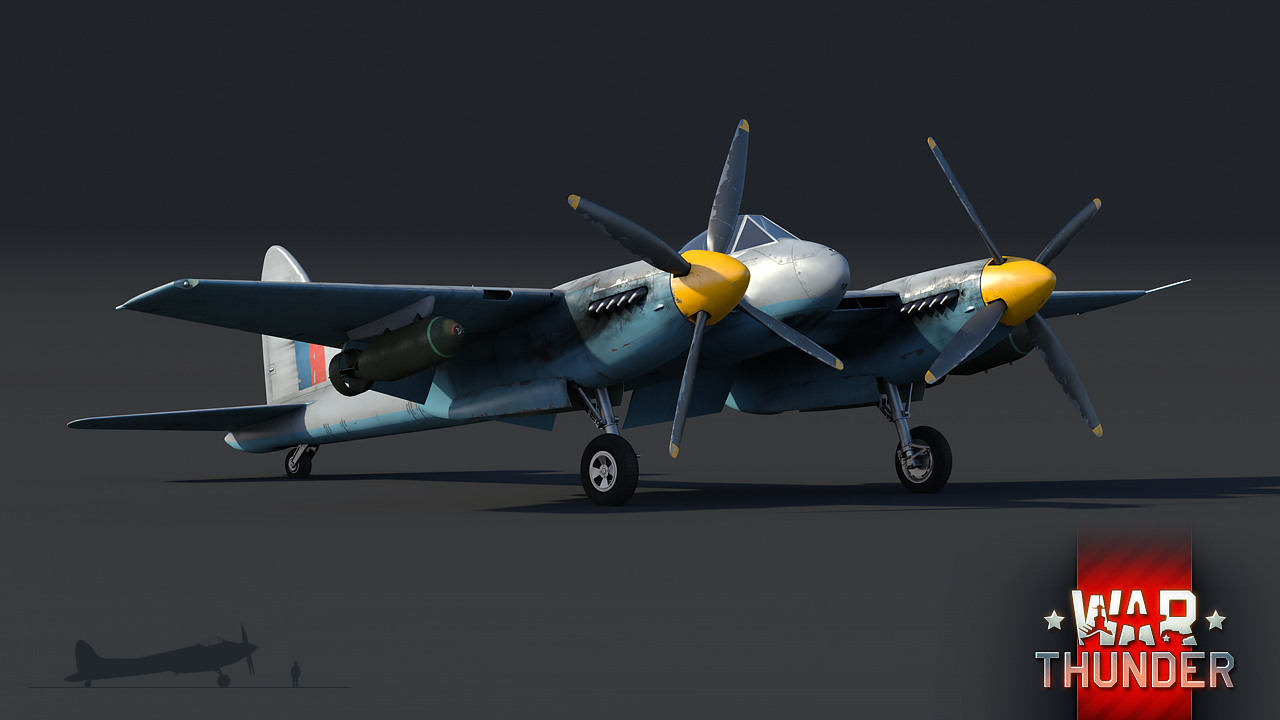
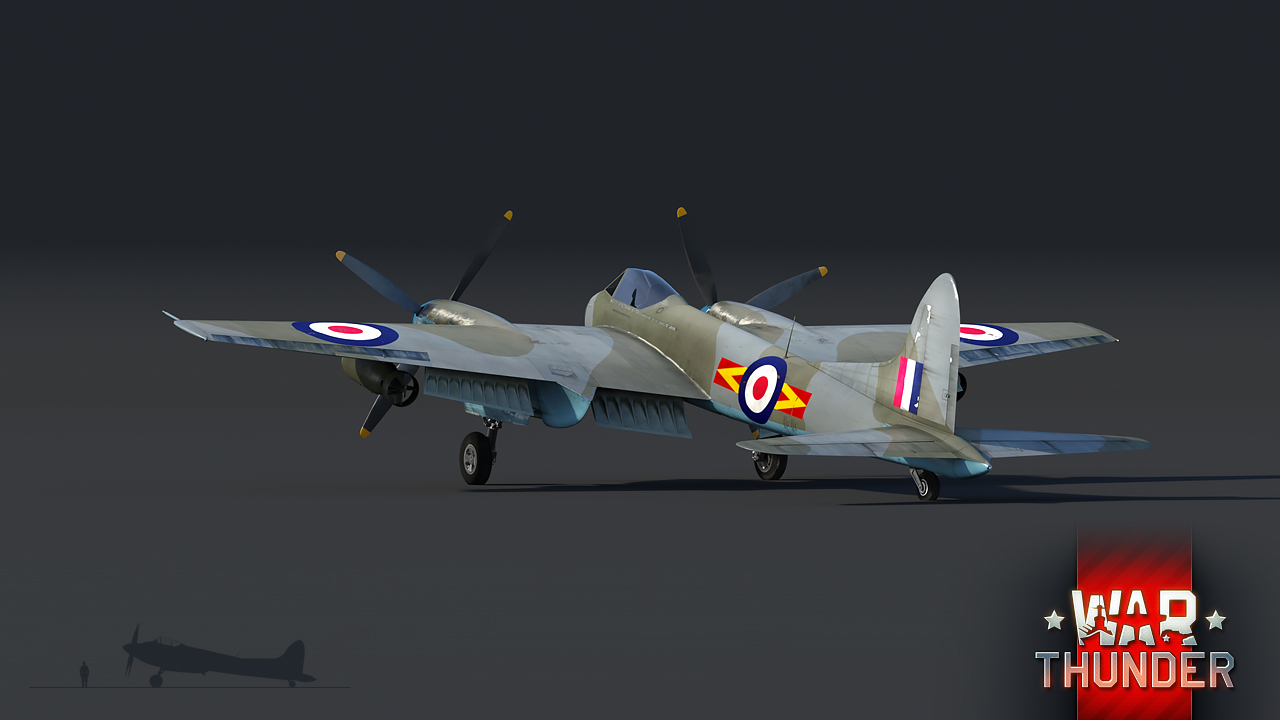
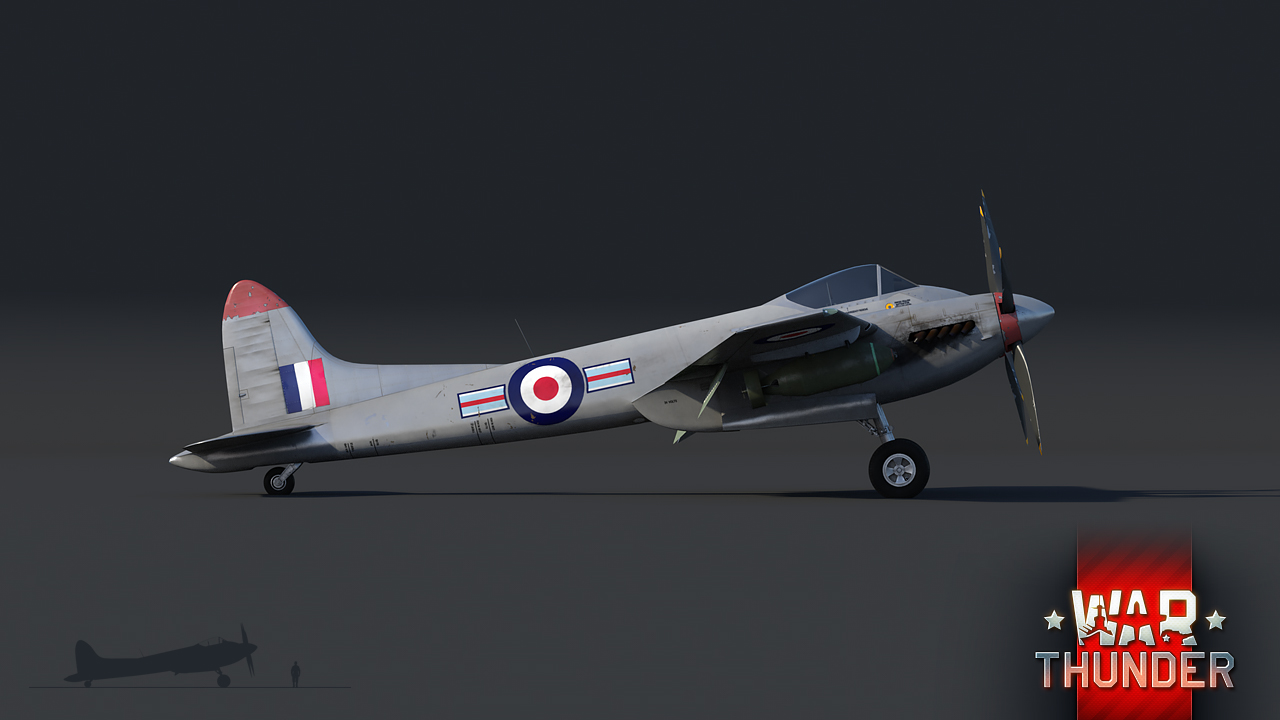
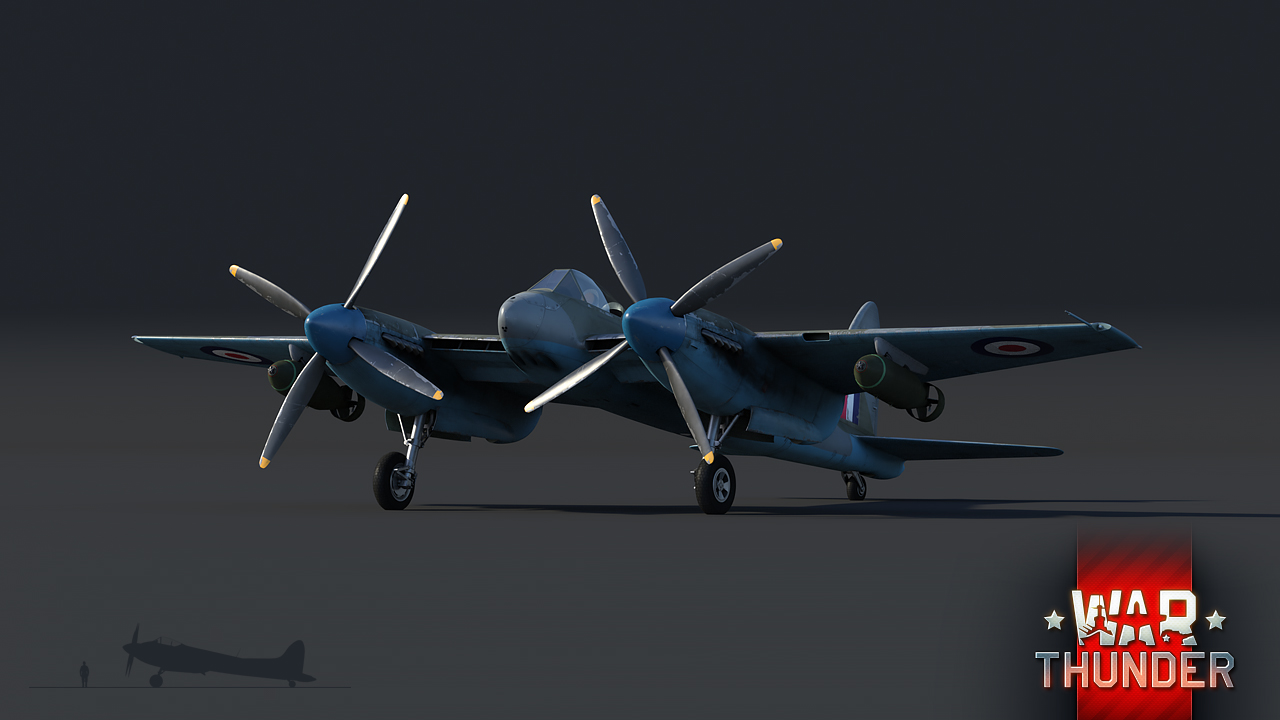
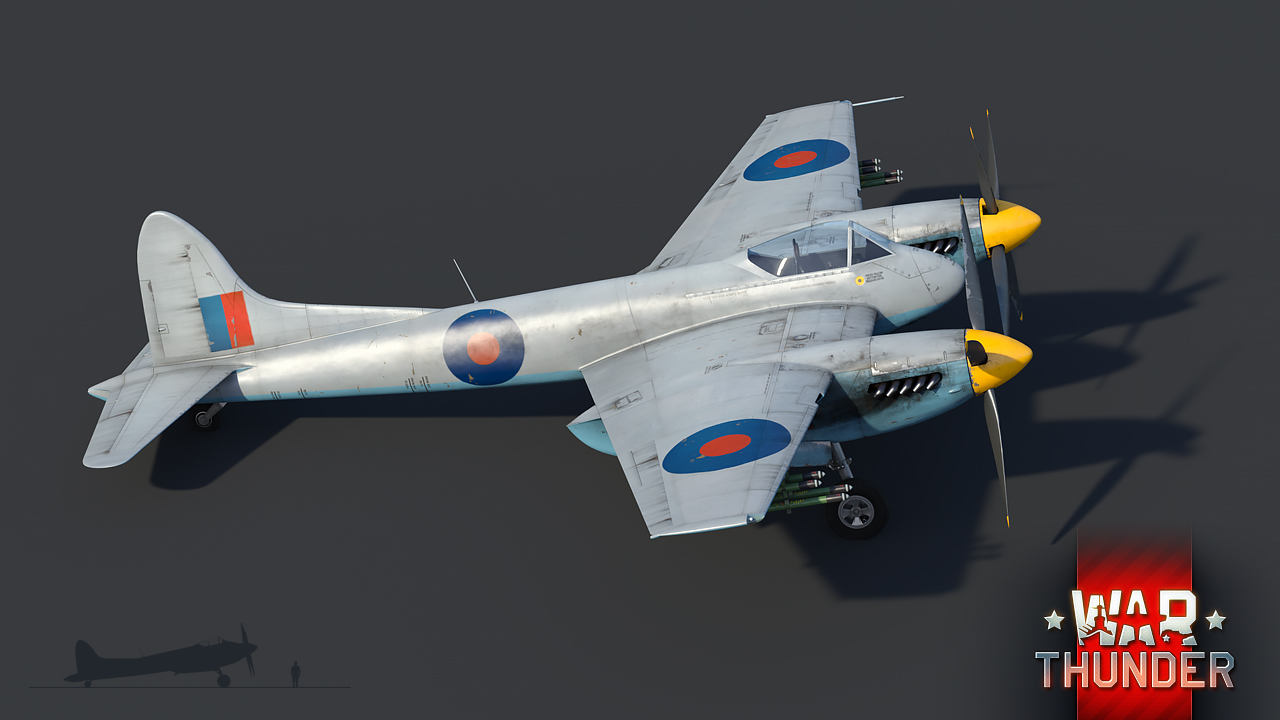




Comments (111)
...next up: Westland Whirlwind perhaps? That is one I've waited 3+ lonnng years for! Here's hoping....
Question: I'm researching a Rank V, 8.0 BR tank and I only currently have a single Rank V vehicle. When they introduce Rank VI will I lose the ability to finish the research on it until I unlock Rank VI? Also will I lose the current research progress?
what?
when will Germans get bigger bombers
The music just serves to interfere with the true music which is the sound of the machine itself!
Its all the same sounds anyway.